Medical claims management is the process through which the health insurance company reviews medical claims and settles or denies them. This is done by cross-analyzing the patient’s benefits and coverage specifics. Automating claim management in medical billing offers hassle-free and timely access to detailed EHR claims data to streamline A/R management and follow-up processes. Electronic health records healthcare software can be built to automate the follow-up process for Medicaid and payers, accelerating a provider’s timeline for receiving payment while decreasing the cost-to-collect.
Healthcare organizations can gain access to real-time Information about ongoing claims to promptly make informed decisions through EMR claims management. Healthcare claims management process steps can be created to follow up on unresolved claims issues and gain the ability to timely appeal denied claims hassle-free. By automating electronic health records, healthcare organizations can efficiently analyze denial ratios and coding errors to set follow-up procedures that maximize the recovery rate.
Customized electronic health records geared toward medical claims processing can play a vital role in countering the rising medical claims denial rate and adherence to stringent federal regulations. EHR systems seamlessly integrate multiple complex systems, platforms, and manual processes to automate healthcare claims management processing workflows throughout the life cycle of a claim.
Challenges with the Traditional System of Medical Claims Management in Healthcare
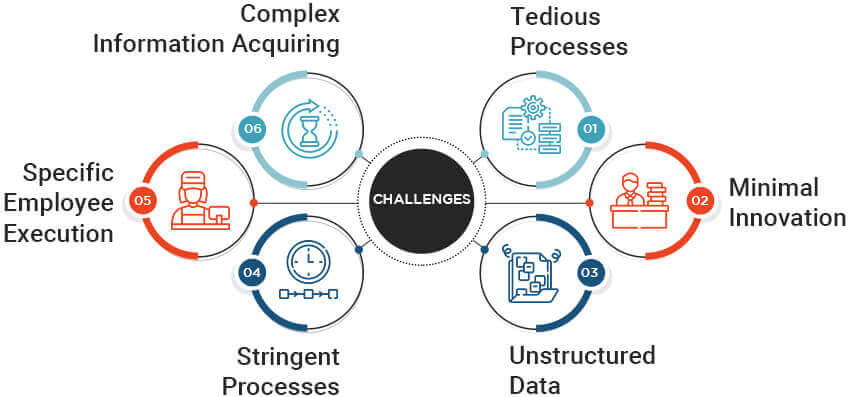
1. Tedious Processes
The overall process of medical claims management involves back and forth between the customer and insurance companies and is quite cumbersome.
2. Minimal Innovation
Paper-based processes and a lack of technology innovation have hampered the claims management process.
3. Unstructured Data
There are volumes of data available in the medical claims industry, but the lack of structure makes this data unusable.
4. Stringent Processes
Outdated and time-consuming processes are pervasive in the industry, causing considerable delays in the outcome.
5. Specific Employee Execution
The traditional process depends on specific employee execution, resulting in low satisfaction levels.
6. Complex Information Acquiring
The current system of acquiring customer information for medical claims requires time.
Applying EHR for Claims Management
The application of electronic medical records toward the functioning of healthcare claims data systems creates intelligent integration capabilities that work in perfect synergy with existing administration systems. Though advanced electronic data interchange, coding, and billing are recognized, EOBs are generated, pre-adjudication is undertaken, and denied claims are re-adjudicated effectively. Specific advantages of fusing EHR and claims data can include the following:
- Customized claims management for collaborative and denial-free management.
- Reduced processing time through telemedicine solutions.
- Automated population of data that eliminates manual data reentries.
- Patient coverage verification through EHR integration.
- Error identification and rectification through automated suggestions.
- The discrepancy highlights faster problem-solving based on past inputs.
- Prioritization is created with attention toward areas of immediate attention.
Advanced Features of EHR for Claims Management Software
1. Multi-modal Integration

A robust healthcare EHR and claims data solution offers a reliable and secure platform that connects insurance payers, health providers, and patients. Through access to electronic health records in healthcare, the healthcare claims management process can be created to offer multi-access channels, instant claims checks, and validation in a fully automated and paperless environment.
Electronic medical records can leverage remote patient monitoring to integrate medical claims, avoid duplication of work and enhance the effectiveness of your patient accounting system. Multi-modal integration incorporates upstream content delivery, file sharing, embedding smart edits into EMR, and more. Finally, automated claims management in healthcare includes flagged claims, comprehensive procedure codes, and carrier-specific Information in automatic worklists.
2. EHR Data vs. Claims Data Dashboards
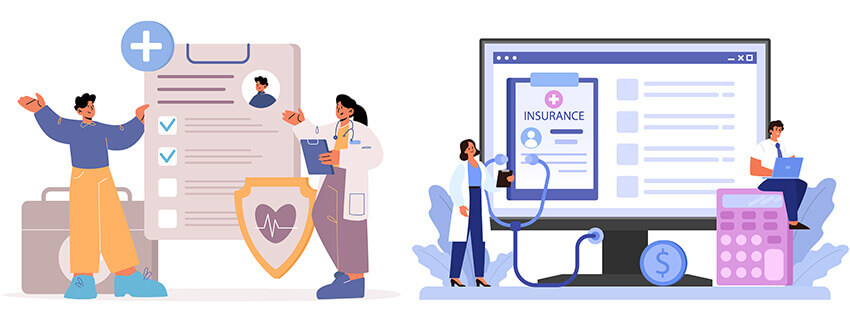
Electronic medical records and claims data in healthcare software can offer tailor-made interactive and powerful reporting dashboards to enhance claims management performance. 360-degree claims reporting potential can address multiple payor issues, revenue leakage from the revenue cycle, and stability in performance management. Medical informatics can be applied to track every claim transmission and verify its successful submission by comparing EHR data vs. claims data.
Beyond this, a powerful medical claims management system in medical billing allows for customized interactions wherein questions can be answered, claims can be resolved, leads can be addressed, and coverage issues can be identified. Finally, comprehensive EHR patient data in medical billing allows for monitoring and tracking each stage of a medical claim or batch. Through the application of EHR and claims data, this tracking can span across first logged to posted healthcare payments.
3. Predictive Modeling
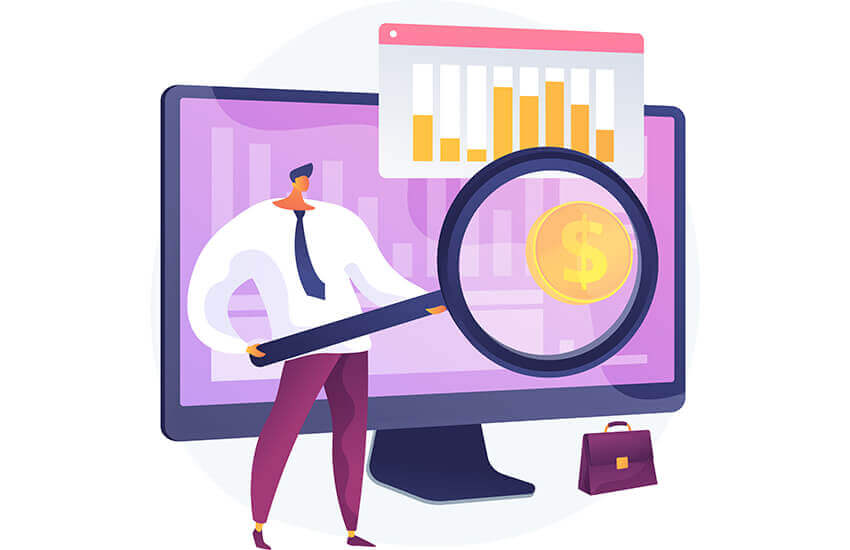
Electronic health records data, when merged with claims data in healthcare, can offer predictive modeling that aids with a forecast of future revenue streams and supports consistent cash flow. Automated health claims data in medical billing can be creatively designed to improve revenue collection by the patient’s eligibility and verification of pre-authorization before the exam. This creates a flow of unmatched transparency through comprehensive claims reporting and web-based performance management tools.
Electronic medical records data can reduce claim denials and unnecessary write-offs using a unique combination of monthly eligibility/capitation lists. In the current process, the adjudication meaning in medical billing involves multiple employees that severely affect the quality of the process. Through automation in the health claims data process in U.S. healthcare, ‘touchless’ claims do not require human intervention. This is done through automated reporting, capturing, auditing, and communication.
4. Personalized Scrubbing Technology
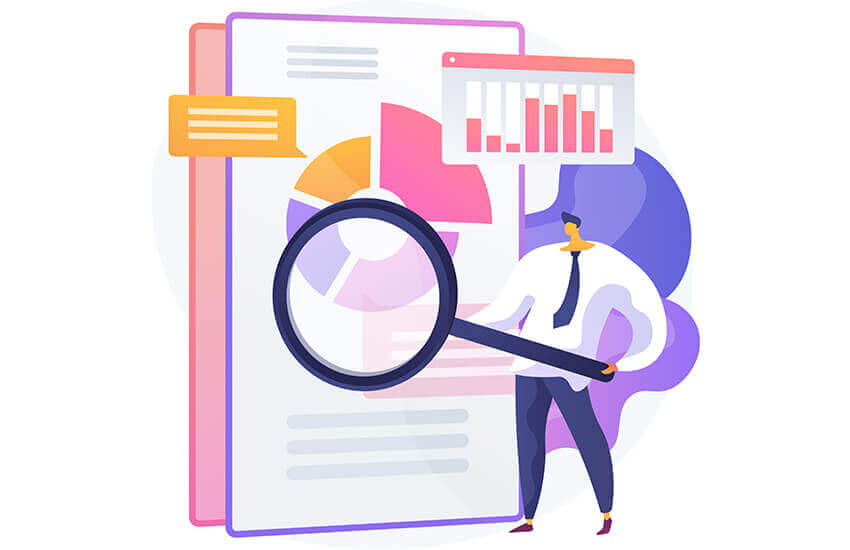
The competitive streak of the healthcare claims market can be tackled through innovative technologies that offer personalized auditing tactics. EHR records create the potential to rope in claims data and create a profile that targets the pain points and streamlines the entire lifecycle. Applying electronic medical health records cuts down on the traditional underwriting process, which is tedious and fairly ineffective.
EHR for claims management can streamline revenue generation, and the automation feature can alert organizations on claims that are likely to be rejected without the need for invasive questioning. Manual data entries, which are generally mundane tasks, are replaced by EHR records, and medical staff can focus on intelligent analytics and supervisory processes.
5. Data Analytics

Electronic medical health records, when manually undertaken, involve a large amount of paperwork. When the medical claims process is automated through healthcare claims data software, there is a direct reduction in paper and other materials. When applied to claims solutions, electronic health records in healthcare offer an accurate prediction of claims that are likely to be rejected or returned for more Information. This avoids unnecessary back and forth and works towards cost and time efficiency.
With predictable outcomes comes early intervention for seamless processing. EHR and patient care data can churn out meaningful analyses that can be used to increase performance and optimize processes. These healthcare claims solutions provide Information on how functionality can be improved.
6. Data Integration
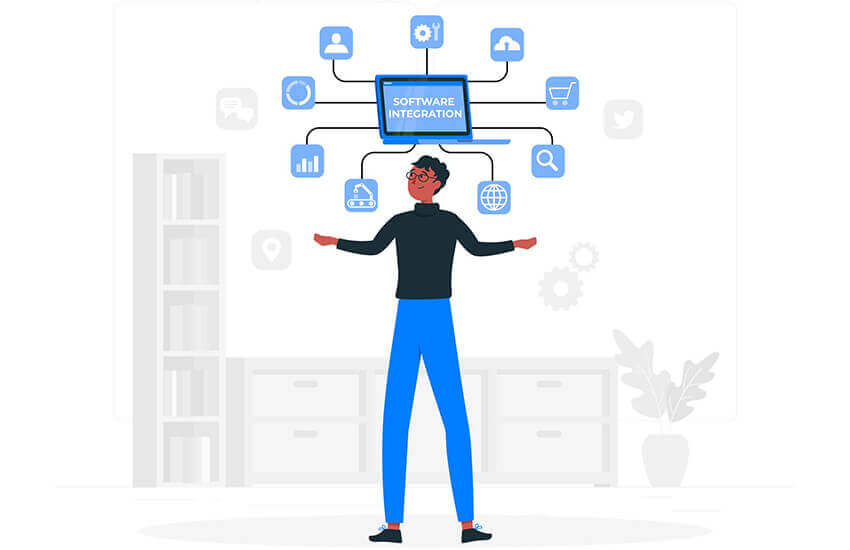
Through EHR for claims management software, data governance creates a mechanism for segregating, communicating, and prioritizing data and developing strategic connections through IT plans. EHR vs. claims data is applied toward tailor-made solutions for individual preference in healthcare claims adjudication software. Standardized workflows and access to analytics for performance improvement can significantly enhance the process.
An innovative reimbursement model, which looks at the patient as a priority, can be efficiently executed. Data integration, patient stratification, coordinated communication, enhanced engagement, and performance evaluation are easily attainable.
Conclusion
The process of a large amount of paperwork that comes in bits and pieces, which is required to be consolidated and tediously filed, is a consistent pain point of the healthcare claims process. Applying EHR to claims solutions are poised to create satisfaction among all entities in the healthcare industry, through a diminished financial burden. It also reduces the need for manual processing. Quality execution allows the software to access accounts and pending matters, thereby reducing policy and medical claims costs. Additional features include tracking of recoverable and fraud detection. These solutions can be deployed on an innovative platform to significantly enhance the process of risk and fraud analysis. Advanced EHR and claims software can streamline the entire lifecycle of claims submission.
References
OSP is a trusted software development company that delivers bespoke solutions as per your business needs. Connect with us to hire the best talents in the industry to build enterprise-grade software.

How can we help?
Fill out the short form below or call us at (888) 846-5382
Looking for software solutions to build your product?
Let's discuss your software solutions for your product in our free development acceleration call!
Get In Touch arrow_forwardDiscuss Your Project Handover with a team of expert Book a free consultation arrow_forward
About Author

Written by Riken Shah linkedin
Riken's work motto is to help healthcare providers use technological advancements to make healthcare easily accessible to all stakeholders, from providers to patients. Under his leadership and guidance, OSP Labs has successfully developed over 600 customized software solutions for 200+ healthcare clients across continents.

















